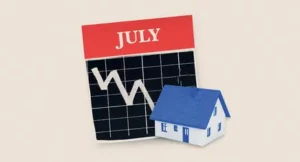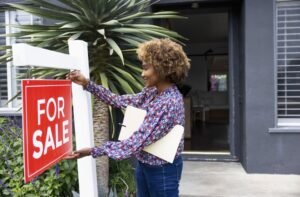Buying a Log Cabin: What You Should Know
 Some cabins can be pretty elaborate, but for the most part building a typical log cabin will probably be far less expensive than a traditional home.
Some cabins can be pretty elaborate, but for the most part building a typical log cabin will probably be far less expensive than a traditional home.
Living in a log cabin can be appealing for its unique aesthetic and potential benefits, but it comes with its own set of considerations. Here’s a realistic look at what you need to know before making the move.
### Costs: Log Cabins vs. Traditional Homes
The cost of a log cabin varies widely based on size and customization. Simple, smaller log cabins (similar to early frontier models) can be more affordable than modern homes. However, larger or more elaborate cabins, which might better be described as “log houses” or “log mansions,” can be significantly more expensive.
Custom-built log cabins can cost up to $500 per square foot, according to HomeAdvisor, compared to about $300 per square foot for traditional homes. For example, a 500-square-foot log cabin might cost between $62,500 and $87,500, while a larger 1,500-square-foot cabin could exceed $250,000. These figures don’t include land costs.
Alternatively, prefab log cabins or log cabin kits can be more economical, although they offer less customization. Existing log cabins might also be priced attractively, but costs for land and potential renovations should be factored in.
### Financing a Log Cabin
Financing a log cabin differs from traditional home construction. Log cabin projects often take longer, sometimes over two years, which can affect material and labor costs. Specialized log cabin lenders usually have contingency plans and may require reserves to handle unexpected expenses.
A knowledgeable lender will thoroughly vet builders and ensure they have a track record of delivering quality log homes. This oversight helps avoid delays and cost overruns, which can increase the overall expense.
### Site Preparation and Final Touches
Building on vacant land involves additional costs for site preparation, utilities, and septic systems if required. After construction, you’ll need to budget for interior and exterior finishes, including painting, furniture, and appliances. Some costs may be included in prefab prices, but it’s essential to clarify what is covered.
### Environmental Impact and Efficiency
Log cabins are generally considered environmentally friendly because wood is a renewable resource. Many log homes are built with sustainably harvested timber. They also offer good energy efficiency and better air quality due to their natural insulating properties. Log cabins can be 2.5% to over 15% more energy-efficient than traditional wood-frame homes.
### Maintenance Needs
Log cabins require more maintenance compared to standard homes. Regular restaining is necessary to protect the wood from weathering, ideally every two to five years. Additionally, washing the exterior and checking for damage or insect issues is crucial. Power washing should be avoided as it can damage the wood.
### Safety and Resale Value
Log cabins are generally safe and resistant to fire due to the density of the logs. While they can burn, they typically burn more slowly than conventional wood. Termites are less of a problem if the cabin has a concrete foundation. However, carpenter bees and other insects can be an issue.
Resale value for log cabins can be strong, often higher than traditional homes due to their unique appeal and lower supply. The location plays a significant role, with cabins in scenic or rural areas generally fetching better prices.
Overall, a log cabin offers a distinctive living experience with both benefits and challenges. Understanding these aspects will help you make an informed decision and ensure that your new home meets your expectations.




